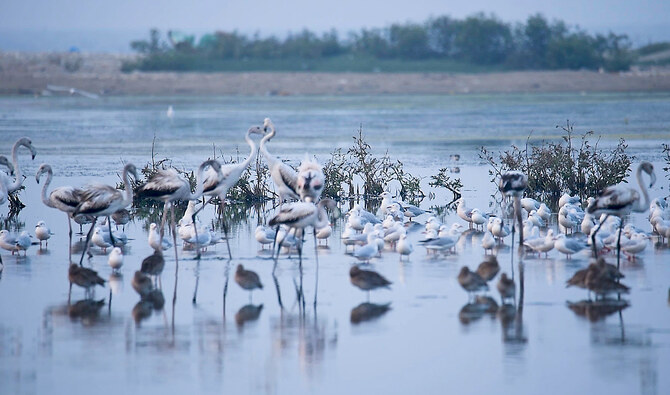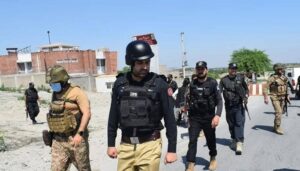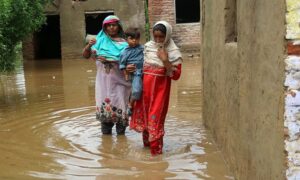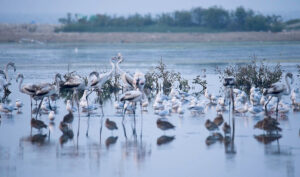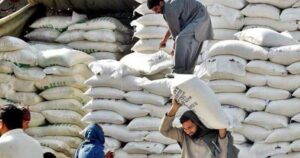PESHAWAR – The early morning chorus that once echoed through the trees of Peshawar is growing quieter. Woodpeckers, cuckoos, and nightingales—once common across the city—are vanishing, and with them, a vital link to the region’s environmental past.
Experts in Khyber Pakhtunkhwa (KP) say the sharp decline in bird species is a stark warning of the environmental toll exacted by climate change, deforestation, and relentless urban sprawl.
Also Read: Khyber Pakhtunkhwa Takes Action to Protect Endangered birds in KP
“In my student days, you couldn’t walk through the city without spotting a dozen different birds,” says Muhammad Shahid, 53, standing in a shaded corner of his neighbourhood in the provincial capital. “Now, their absence is louder than their songs ever were.”
KP, a province known for its ecological diversity, is home to 567 bird species, according to a checklist shared on Scribd Inc. Among them are 26 globally threatened species—many of which, scientists fear, are slipping through the cracks of a rapidly changing landscape.
Muhammad Adnan, assistant professor in zoology at the University of Peshawar, says the bird species decline is driven by habitat destruction, illegal logging, and unchecked expansion of farmland into forests and wetlands. “We are losing the very systems that sustain these birds—grasslands, forests, riverine habitats—all sacrificed at the altar of ‘development’,” he says.
Also Read: Climate Chaos: How Pakistan Stands on The Frontlines of Monsoon Emergency
An Ecosystem on The Edge
The effects are not isolated. Insects, a primary food source for many birds, are also disappearing due to heavy pesticide use, further worsening the impact. “This is not just about birds,” Adnan warns. “It’s about the collapse of entire ecosystems.”
That collapse is beginning to show. A research paper authored by Professor Muhammad Nafees, of the University of Peshawar’s Department of Environmental Sciences, documents the slow disappearance of migratory birds—once regular visitors to the wetlands of the Peshawar Valley.
Also Read: Flooded Lands, Struggling Farmers: Charsadda’s Agricultural Challenge
Species such as cranes and waterfowl once painted the skies over the Kabul River. Today, they are increasingly absent. Nafees points to air pollution, plastic waste, and toxic industrial discharge as key culprits. “We are poisoning their paths,” he says.
Although Khyber Pakhtunkhwa’s provincial government has passed laws to protect its wildlife, critics say they remain largely symbolic. “The law exists on paper, but in the wild, it’s a free-for-all,” says Adnan.
Repeated attempts to contact the KP Wildlife Department for comment were unsuccessful.

